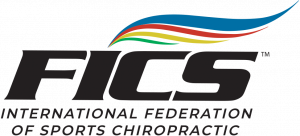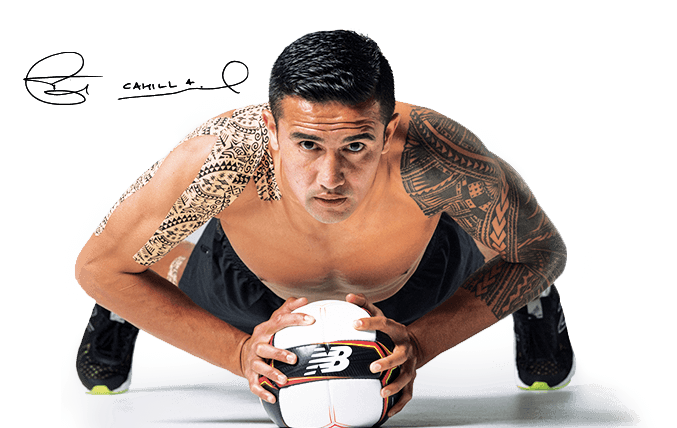1st Day:
Session 1: Course Introduction: course structure, outcomes, & education framework
Session 2: Traditional Approaches to Taping – Biomechanical vs Neurophysiological – evidence base: Why Tape Mechanically?
Session 3: Theory – Mechanisms & emerging research
Session 4: Theory – Technique Development Flowchart, Precautions, & Contra-indications
Session 5: Demonstration: Practical application of taping for the upper limb
1. Upper limb offload
2.Internal Rotation (Late Cocking or RTS dislocation)
3.External Rotation (Deceleration in follow through, function in neuro, golf swings, backhands in
4.tennis)
5.Comprehensive Offload incorporating elements of 2 & 3
6.Cervical Offload/bilateral scapula elevation
7.Scapula Sling
8.Lateral Elbow incorporating Mulligan lateral glide, soft tissue offload and counter force bracing
9.Ulnar Collateral Ligament of elbow (introduce concept of Combined Systems Taping)
10.Pronation & Supination (proximal and/or distal RU joints)
11.10.Wrist & Finger Extensors
12.Carpal Instabilities
13.Ulnar carpal de-rotation (TFCC)
14.DeQuervain’s
15.Mallet Finger
16.Thumb UCL
17.Finger Ligaments
2nd Day:
Session 6: Demonstration: Practical application of taping for the lower limb
1.Arch Support – Windlass
2.Figure 8 Arch Support
3.Calf/Achilles/Plantar Fascia complex
4.Lateral Ligament Complex of ankle
5.Reverse 6 spirals
6.Knee Extension – Quads and Patella tendon variations
7.Knee Flexion – Hamstrings
8.Patellofemoral Loop
9.Patellofemoral Sling
10.Hip Extension/Abduction/Ext Rotation
11.Iliotibial Band
12.Hallux Valgus
Session 7: Summary, Evaluation, & Next Steps


